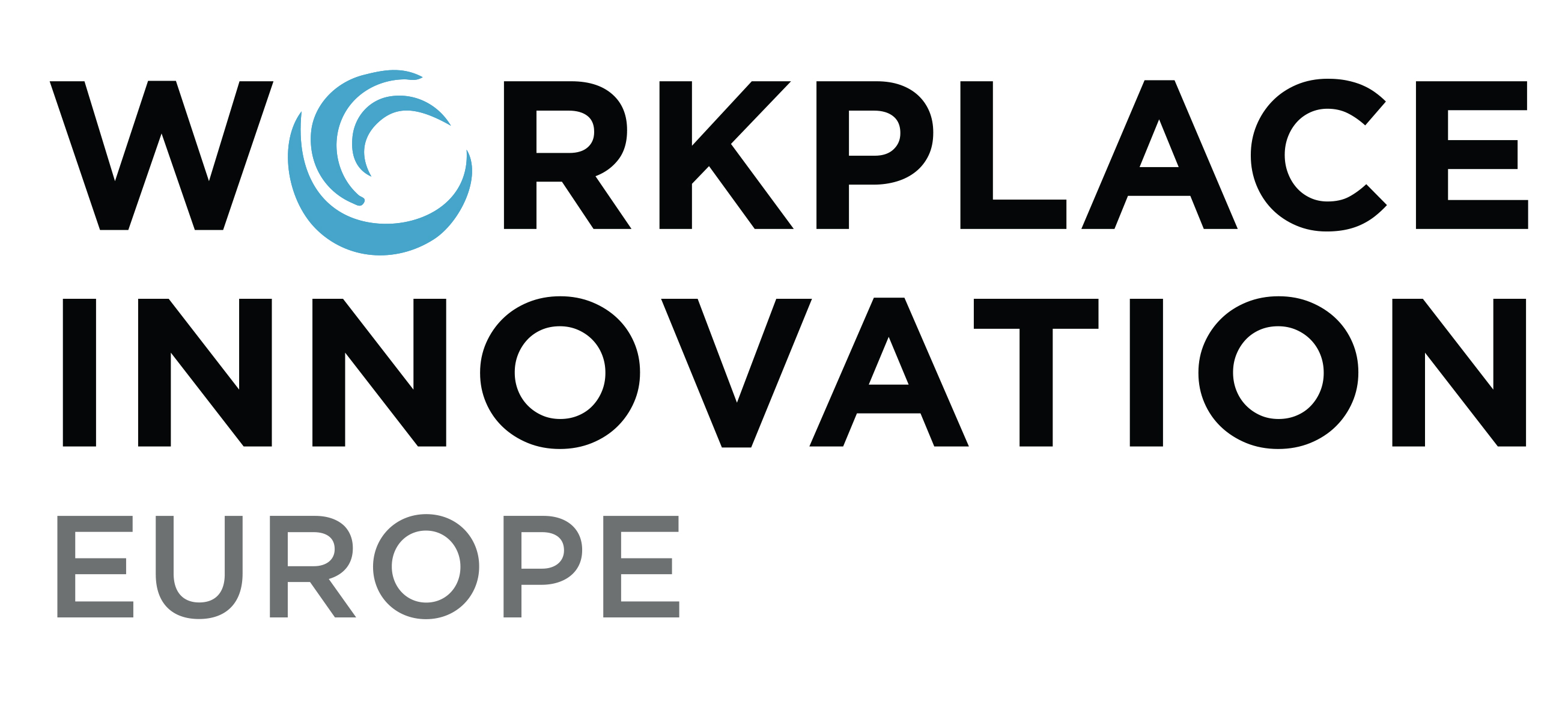What are good jobs?
There’s more to becoming an employer of choice than “happiness”
Recruiting and retaining employees is never far from the business headlines these days, and we’ve seen a plethora of solutions offered by experts and consultants, some of them sensible such as “encouraging feedback” and “investing in training and development”.
Others less so. The fashionable focus on measuring “happiness” may capture how people are feeling about their colleagues or the Friday pizza, but it masks the vast body of evidence about what really works in creating engaged – and healthy – employees who want to stay with their employer.
Here is a graphic representation of some of the recent evidence. It comes from the 2019 European Company Survey of 20,000 workplaces representing a diverse range of organisations. We’ve shared it with a few companies recently, and it’s made them think hard about the types of jobs and working lives experienced by their employees.
The chart is measuring the impact of different job types on both business performance (profitability, output and employment) and workplace wellbeing (management behaviour, motivation, sickness absence and retention).
Jobs characterised by “High Complexity and Autonomy” are those in which workers and their teams are trusted to exercise choice in how they undertake their tasks, where they (rather than technologies) set the pace of their own work, where they are involved in a broad span of activities rather than narrowly defined roles, and where they are empowered to find solutions to unfamiliar problems.
“Command and Control” jobs, on the other hand, are typically narrowly defined and micro-managed, with every aspect of an employee’s work shaped from above and/or by the technologies they use. As you can see from the chart, jobs with high complexity and autonomy are associated with positive outcomes for both business performance and wellbeing – in sharp contrast to “Command and Control”.
In many ways this is unsurprising
From the organisation’s perspective, day-to-day problems are resolved on the spot rather than distracting managers from more strategic tasks, and lead to the accumulation of widely distributed learning and experience throughout the workforce.
For employees, trust, autonomy and the opportunity to learn and develop on the job are strongly associated with health, wellbeing and intrinsic job satisfaction. People even respond positively to pressure when it is matched by autonomy. On the other hand, there is plenty of evidence to show that micromanagement and lack of autonomy are strongly associated with stress and ill-health, not to mention employee turnover.
Size matters
Now look at the size of the respective dots. In the UK, for example, jobs with high complexity and autonomy are widely present in only 10% of workplaces, pointing to enormous untapped potential for gains in both performance and wellbeing if employers took job design more seriously.
Of course, as the blue dot suggests, many more workplaces are somewhere on the journey from command and control to good work. But mid-way points can be an uncomfortable battleground between cultures, and positive workplace practices are easily eroded by the persistence of low-trust management and organisational practices.
Time to act
Becoming an employer of choice means going beyond the gloss and taking a hard look at what really matters. Our free Guide to Workplace Innovation and Short Diagnostic are a good place to start. You can find them here, or contact us today for a free, no obligation one-hour consultation.





